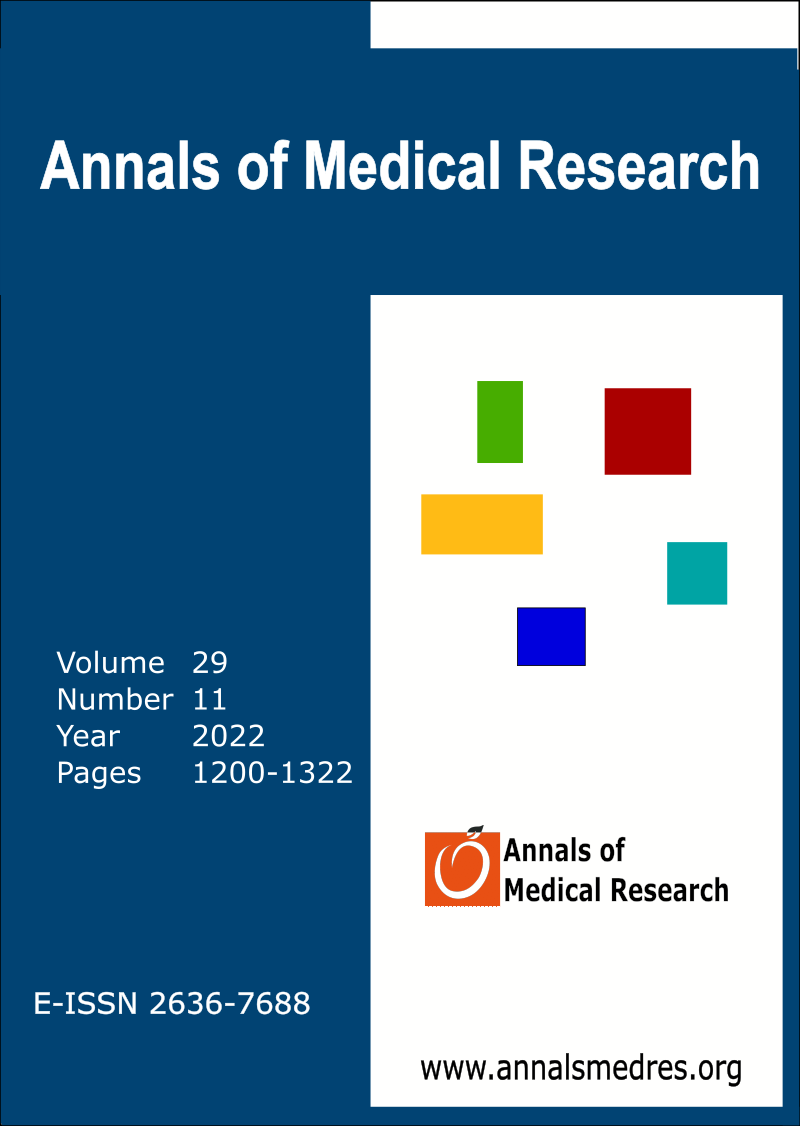Topographic variations of skin biomechanics: Cadaver study
Keywords:
Biomechanics, Skin, Tensile strength, Elastic modulusAbstract
Aim: The skin is a multifunctional organ that covers up the entire surface of the body. Material properties such as hyperelasticity, viscoelasticity and plasticity are very important for the development of new biological materials. The main focus of this study is to investigate the biomechanical properties of the dermis and to examine how these vary according to different body parts.
Materials and Methods: Skin samples were dissected from various parts of the body. All skin samples were tested in uniaxial tension parallel to their long axis. A strength-elongation curve was obtained and the maximum strength and maximum elongation values were determined from this curve for each tensile test performed. Reaction forces and displacements were determined by software.
Results: The results of our study showed a statistically significant difference in the evaluation between the scalp, face, upper and lower extremities for elastic modulus, tensile strength and thickness. It has been observed that the elastic modulus, tensile strength and thickness values vary depending on the topographic region of the body. According to our results, the upper extremity showed the highest elastic modulus among all regions (42.70 ± 8.92 MPa). The highest tensile strength was also measured for the upper extremity skin and its value was determined as 17.72 ± 4.00 MPa.
Conclusions: Data obtained from this study may provide valuable information for modeling purposes, basic data for tissue grafts and comparison of tissue characteristics after head trauma or forensic examinations.
Downloads
Published
Issue
Section
License
Copyright (c) 2022 The author(s)

This work is licensed under a Creative Commons Attribution-NonCommercial-NoDerivatives 4.0 International License.
CC Attribution-NonCommercial-NoDerivatives 4.0






